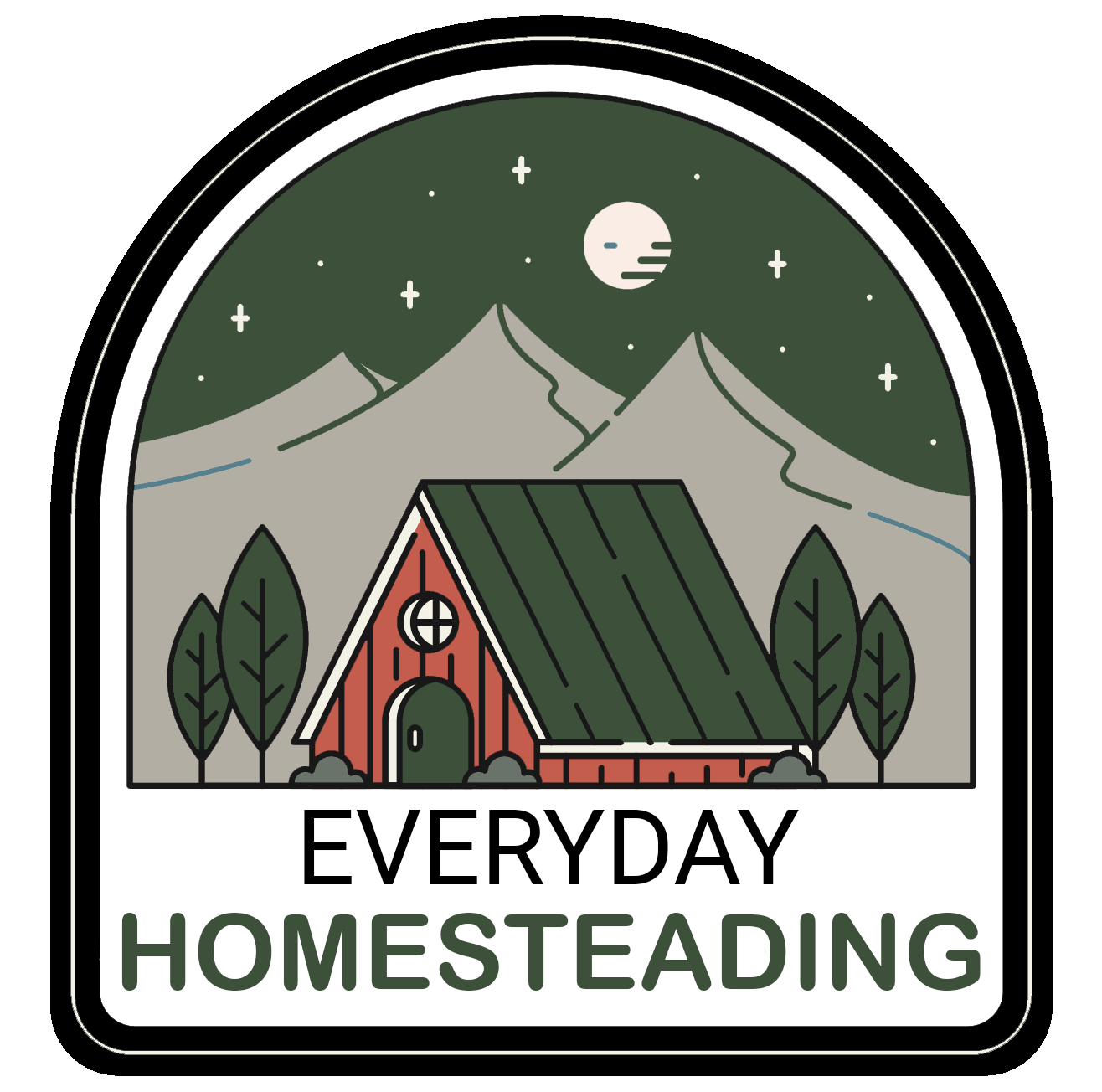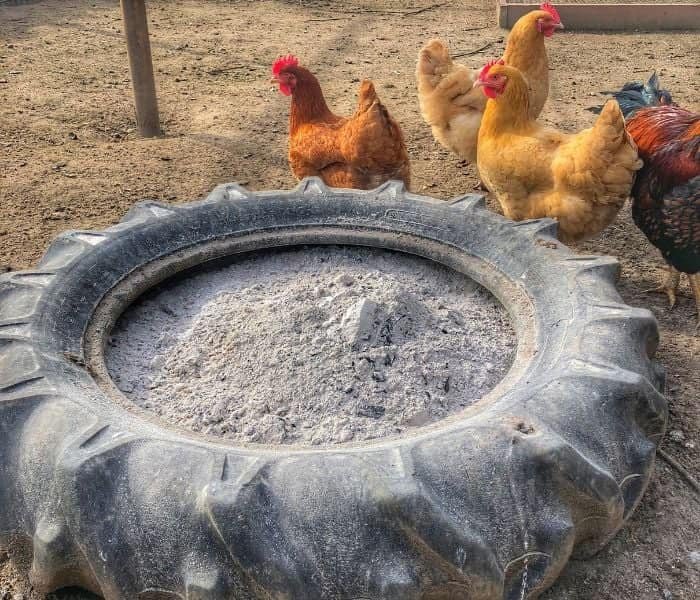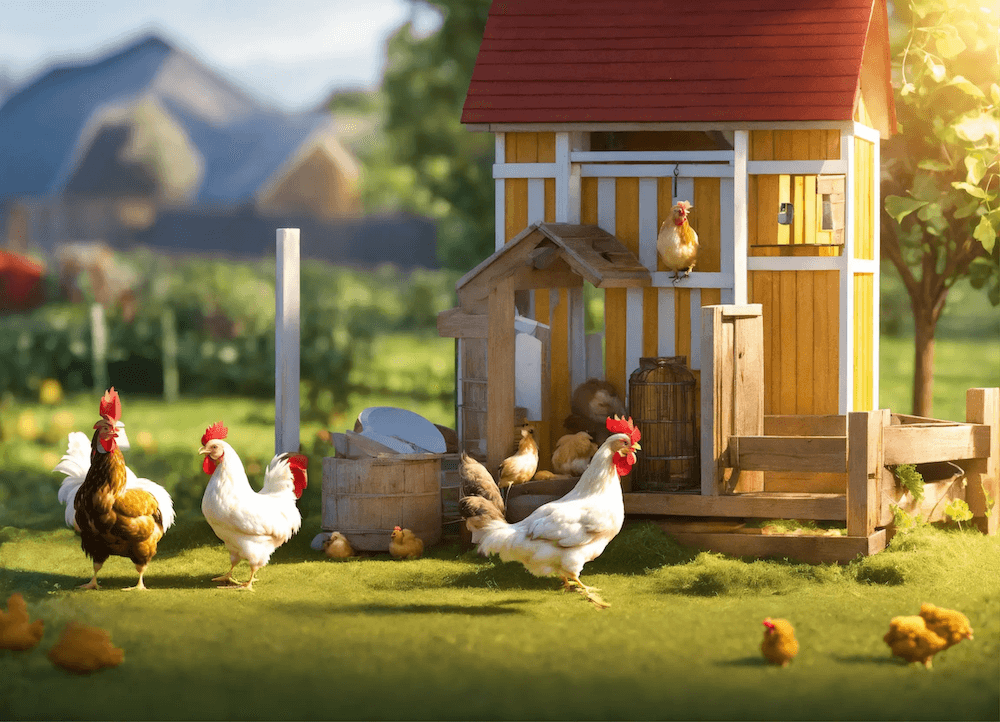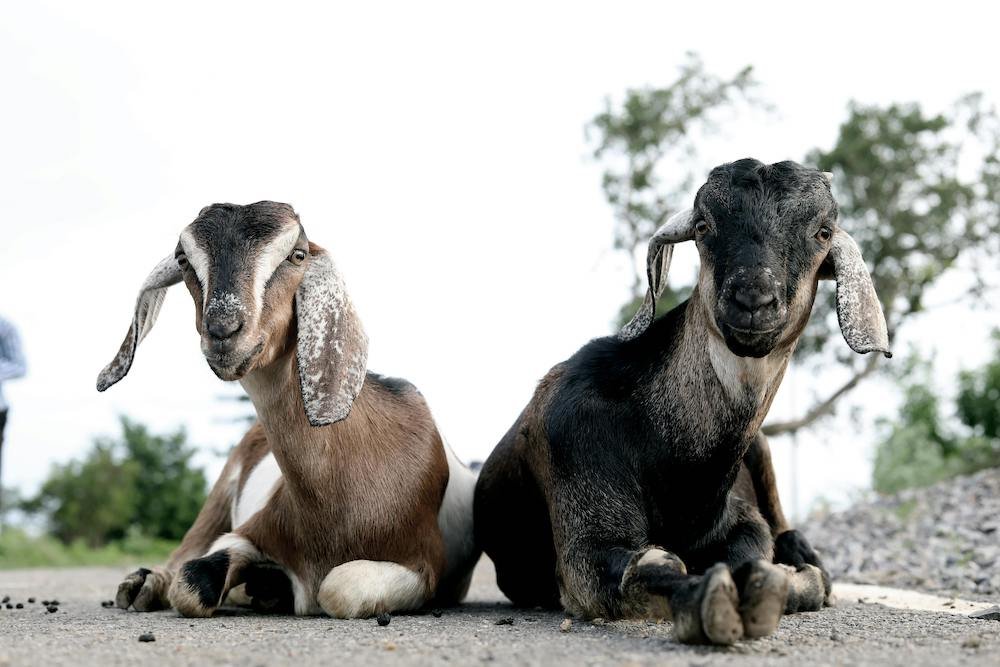The 7 Best Dual-Purpose Chicken Breeds for Your Homestead
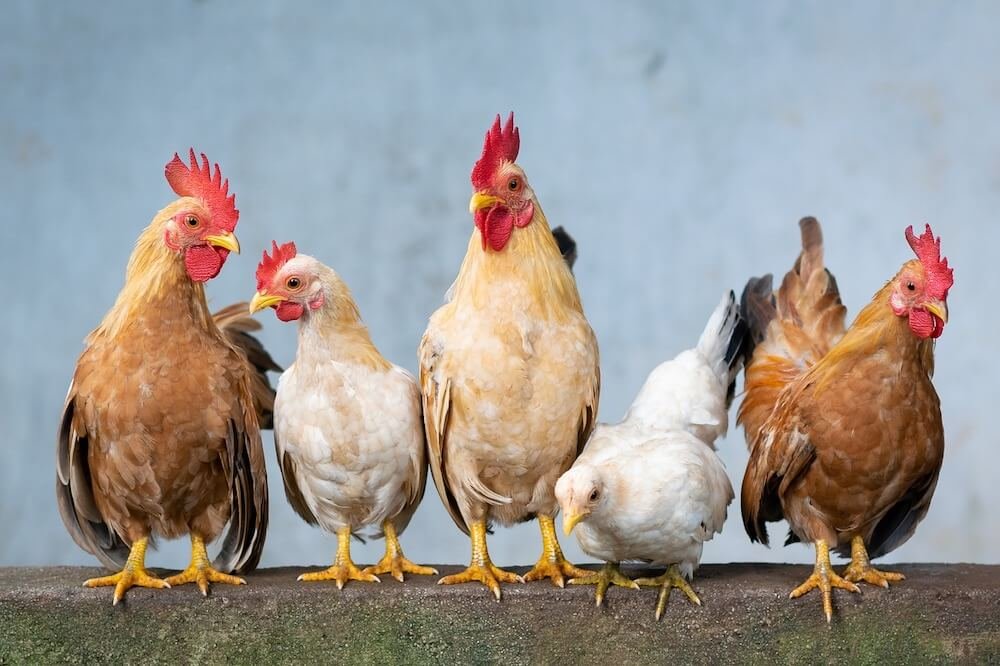
As the demand for self-sufficient, sustainable living continues to soar, dual-purpose chickens have emerged as the surprising hero of the homesteading world, poised to transform the way we think about backyard poultry. I’ve come to appreciate the incredible versatility of dual-purpose chickens – birds that excel at both egg production and meat yield. These remarkable fowl offer the best of both worlds, providing a steady supply of fresh eggs while also serving as a reliable source of lean, flavorful poultry for the table.
Whether you’re a novice homesteader or a seasoned pro, dual-purpose chickens can be a game-changing addition to your flock, offering a level of efficiency and self-sufficiency that is hard to match. In this comprehensive guide, I’ll introduce you to seven of the best dual-purpose chicken breeds for the homestead, each with its own unique set of attributes and benefits.
From the iconic Rhode Island Red to the hardy Orpington, these versatile birds are sure to become the backbone of your homestead, delivering a bountiful harvest of both eggs and meat. So, let’s dive in and explore the world of dual-purpose chickens and how they can transform your homesteading experience.
What are Dual-Purpose Chickens?
Dual-purpose chickens are a breed of chickens that have been selectively bred to excel at both egg production and meat yield. Unlike single-purpose chickens, which are typically focused on either eggs or meat, dual-purpose chickens offer homesteaders and small-scale farmers the best of both worlds.
These versatile birds are known for their consistent egg-laying abilities, often producing between 200-300 eggs per year, as well as their robust, well-muscled frames that provide a reliable source of lean, flavorful poultry. Additionally, dual-purpose chickens are often hardier and more adaptable to a range of environments compared to their single-purpose counterparts, making them an excellent choice for the self-sufficient homestead.

Factors for Choosing the Right Dual-Purpose Chicken Breed for Your Homestead
When selecting dual-purpose chickens for your homestead, there are several key factors to consider to ensure you choose the right breed for your needs and environment:
Climate and Environment
Different dual-purpose chicken breeds may be better suited to specific climates and environmental conditions. Consider factors like temperature, precipitation, and access to forage when choosing your birds.
Flock Size and Space
The size of your homestead and the number of chickens you plan to keep will also play a role in selecting the appropriate dual-purpose breed. Larger birds may require more space, both in the chicken coop and in the run, while smaller breeds may be better suited for confined or urban settings.
Egg and Meat Production Goals
Depending on your primary needs, you may want to prioritize breeds known for their exceptional egg-laying abilities or those with a more robust, meaty frame. Consider your household’s consumption needs when making your selection.
Temperament and Broodiness
Some dual-purpose chicken breeds are known for their calm, friendly temperaments, while others may be more prone to broodiness or aggression. Choose a breed that aligns with your personal preferences and management style.By carefully considering these factors, you’ll be able to select the dual-purpose chicken breed that is the perfect fit for your homestead, ensuring a bountiful harvest of both eggs and meat for years to come.
The Best Dual-Purpose Chicken Breeds for Homesteaders

1. Rhode Island Red
Laying Age: 18-24 weeks
Eggs per year: 200-300
Processing Age: 16-20 weeks
Mature Weight: Hens 6.5-8 lbs, Roosters 8-10 lbs
Heritage: Developed in the late 19th century in Rhode Island
Foraging Ability: Excellent
Broodiness: Moderate
The Rhode Island Red is a true icon of the dual-purpose chicken world, known for its impressive egg production and robust, flavorful meat. These hardy birds thrive in a wide range of climates and are renowned for their calm, friendly temperament, making them an excellent choice for both small-scale and large-scale homesteads. Learn more about raising Rhode Island Reds.
EGG FACTS
- Egg Laying: Very good, all year round, 200-300 eggs per year
- Egg Colour: Light to medium brown with a pinkish hue
- Egg Size: Large
FEATURES
- Feathered Legs: No
- Comb Type: Single Comb
- Appearance: Yellow skin and legs
BACKYARD BEHAVIOUR
- Hardy in Winter: Yes
- Especially Docile: Yes
- Setter/Broody: Moderate
- Personality: Calm, good with children

2. Orpington
Laying Age: 20-24 weeks
Eggs per year: 200-280
Processing Age: 18-22 weeks
Mature Weight: Hens 7-9 lbs, Roosters 9-12 lbs
Heritage: Developed in the late 19th century in Orpington, England
Foraging Ability: Good
Broodiness: High
The stately Orpington is another standout dual-purpose chicken breed, prized for its large, brown eggs and its substantial, meaty frame. These gentle giants are also known for their excellent winter hardiness and their ability to thrive in both free-range and confined environments. Discover the benefits of Orpington chickens.
EGG FACTS
- Egg Laying: Excellent, 200-280 eggs per year
- Egg Colour: Light brown
- Egg Size: Large
FEATURES
- Feathered Legs: No
- Comb Type: Single Comb
- Appearance: Yellow skin and legs
BACKYARD BEHAVIOUR
- Hardy in Winter: Excellent
- Especially Docile: Yes
- Setter/Broody: High
- Personality: Very docile, excellent for families

3. Plymouth Rock
Laying Age: 18-22 weeks
Eggs per year: 200-280
Processing Age: 16-20 weeks
Mature Weight: Hens 7-8.5 lbs, Roosters 9.5-11 lbs
Heritage: Developed in the 19th century in Massachusetts
Foraging Ability: Excellent
Broodiness: Moderate
The classic Plymouth Rock is a true workhorse of the dual-purpose chicken world, combining reliable egg production with a robust, well-muscled body. These birds are renowned for their calm temperament, their adaptability to various climates, and their ability to forage efficiently, making them an excellent choice for the self-sufficient homestead. Explore the versatility of Plymouth Rock chickens.
EGG FACTS
- Egg Laying: Excellent, 200-280 eggs per year
- Egg Colour: Light brown-pink
- Egg Size: Large
FEATURES
- Feathered Legs: No
- Comb Type: Single Comb
- Appearance: Yellow skin and legs
BACKYARD BEHAVIOUR
- Hardy in Winter: Excellent
- Especially Docile: Yes
- Setter/Broody: Moderate
- Personality: Calm, adaptable

4. Wyandotte
Laying Age: 20-24 weeks
Eggs per year: 200-250
Processing Age: 18-22 weeks
Mature Weight: Hens 6.5-8 lbs, Roosters 8.5-10 lbs
Heritage: Developed in the late 19th century in the United States
Foraging Ability: Good
Broodiness: Moderate
The elegant Wyandotte is a dual-purpose chicken breed that offers a unique blend of beauty and functionality. These birds are prized for their striking plumage, their consistent egg-laying abilities, and their tender, flavorful meat. Wyandottes are also known for their hardiness and their ability to thrive in both free-range and confined settings. Learn more about raising Wyandotte chickens.
EGG FACTS
- Egg Laying: Good, up to 250 eggs per year
- Egg Colour: Light brown
- Egg Size: Large
FEATURES
- Feathered Legs: No
- Comb Type: Single Comb
- Appearance: Yellow skin and legs
BACKYARD BEHAVIOUR
- Hardy in Winter: Good
- Especially Docile: Yes
- Setter/Broody: Moderate
- Personality: Calm, friendly

5. Australorp
Laying Age: 18-22 weeks
Eggs per year: 250-350
Processing Age: 16-20 weeks
Mature Weight: Hens 6.5-8 lbs, Roosters 8-10 lbs
Heritage: Developed in Australia in the early 20th century
Foraging Ability: Excellent
Broodiness: Moderate
The Australorp is a relatively newer addition to the dual-purpose chicken scene, but it has quickly gained a reputation for its exceptional egg production and its delicious, well-marbled meat. These birds are also known for their calm temperament, their cold-hardiness, and their ability to adapt to a wide range of environments. Discover the benefits of Australorp chickens.
EGG FACTS
- Egg Laying: Exceptional, 250-350 eggs per year
- Egg Colour: Brown
- Egg Size: Large
FEATURES
- Feathered Legs: No
- Comb Type: Single Comb
- Appearance: Yellow skin and legs
BACKYARD BEHAVIOUR
- Hardy in Winter: Excellent
- Especially Docile: Yes
- Setter/Broody: Moderate
- Personality: Calm, adaptable

6. New Hampshire
Laying Age: 18-22 weeks
Eggs per year: 200-280
Processing Age: 16-20 weeks
Mature Weight: Hens 6.5-8 lbs, Roosters 8-10 lbs
Heritage: Developed in the early 20th century in New Hampshire
Foraging Ability: Excellent
Broodiness: Moderate
The New Hampshire is a hardy, versatile dual-purpose chicken that is well-suited to the demands of the homestead. These birds are renowned for their consistent egg-laying abilities, their robust, meaty frames, and their ability to thrive in both free-range and confined settings. New Hampshires are also known for their calm, friendly temperament, making them a great choice for families with children. Explore the New Hampshire chicken breed.
EGG FACTS
- Egg Laying: Very good, 200-280 eggs per year
- Egg Colour: Brown
- Egg Size: Large
FEATURES
- Feathered Legs: No
- Comb Type: Single Comb
- Appearance: Yellow skin and legs
BACKYARD BEHAVIOUR
- Hardy in Winter: Excellent
- Especially Docile: Yes
- Setter/Broody: Moderate
- Personality: Calm, friendly, great for families

7. Marans
Laying Age: 20-24 weeks
Eggs per year: 180-240
Processing Age: 18-22 weeks
Mature Weight: Hens 6-8 lbs, Roosters 8-10 lbs
Heritage: Originated in the Marans region of France in the late 19th century
Foraging Ability: Good
Broodiness: High
The Marans is a French dual-purpose chicken breed that is prized for its deep, rich-colored eggs and its flavorful, well-marbled meat. These birds are also known for their cold-hardiness, their foraging abilities, and their calm, docile temperament, making them an excellent choice for the homestead. Learn more about raising Marans chickens.
EGG FACTS
- Egg Laying: Good, 180-240 eggs per year
- Egg Colour: Deep, rich brown
- Egg Size: Large
FEATURES
- Feathered Legs: No
- Comb Type: Single Comb
- Appearance: Yellow skin and legs
BACKYARD BEHAVIOUR
- Hardy in Winter: Excellent
- Especially Docile: Yes
- Setter/Broody: High
- Personality: Calm, docile
Tips and Tricks for Raising Dual-Purpose Chickens
As you embark on your journey of raising dual-purpose chickens on your homestead, here are a few additional tips and tricks to help ensure your success:
- Provide Ample Space: Dual-purpose chickens tend to be larger and more active than their single-purpose counterparts, so be sure to provide them with ample space to roam, forage, and exercise.
- Optimize Nutrition: Feed your dual-purpose chickens a balanced diet that is rich in protein, vitamins, and minerals to support their egg production and meat development.
- Prioritize Brooding: Carefully monitor the brooding and rearing process for your dual-purpose chicks to ensure they grow into healthy, robust adults.This includes providing a well-designed chicken dust bath that allows them to engage in this important natural behavior.
- Rotate Pastures: Implement a rotational grazing system to keep your dual-purpose chickens on fresh, nutrient-rich forage and to prevent overgrazing.
- Consider Dual-Purpose Roosters: While not as common as their female counterparts, dual-purpose roosters can also be a valuable addition to your homestead, providing both meat and the ability to fertilize eggs.
By following these tips and incorporating dual-purpose chickens into your homestead, you’ll be well on your way to enjoying a steady supply of fresh eggs and flavorful poultry, all while embracing the self-sufficient, sustainable lifestyle that homesteading has to offer.

Frequently Asked Questions about Dual-Purpose Chickens
Q: What is the difference between a dual-purpose and a single-purpose chicken?
A: Dual-purpose chickens are bred to excel at both egg production and meat yield, whereas single-purpose chickens are typically focused on either egg-laying or meat production.
Q: How much do dual-purpose chickens typically lay?
A: Dual-purpose chickens generally lay between 200-300 eggs per year, depending on the breed and individual bird.
Q: Are dual-purpose chickens good for free-range systems?
A: Yes, dual-purpose chickens are well-suited for free-range or pasture-based systems, as they are active foragers and can thrive in more natural environments.
Q: How long do dual-purpose chickens live?
A: With proper care and nutrition, dual-purpose chickens can live for 5-8 years, though some breeds may have a slightly longer lifespan.
Q: Can I use dual-purpose roosters for meat?
A: Absolutely! Dual-purpose roosters can be an excellent source of lean, flavorful meat, and are often larger and more muscular than their single-purpose counterparts.
By addressing these common questions, you’ll be well-equipped to confidently incorporate dual-purpose chickens into your homestead and maximize the benefits they have to offer.
Dual-Purpose Chickens: Your Homestead’s New Best Friend
As a homesteader, the addition of dual-purpose chickens to your flock can be a game-changer, providing you with a steady supply of both eggs and meat while embracing the self-sufficient, sustainable lifestyle that is the hallmark of the homesteading experience.
Whether you choose to raise the iconic Rhode Island Red, the stately Orpington, or any of the other remarkable dual-purpose chicken breeds outlined in this guide, you can rest assured that these versatile birds will become an integral part of your homestead, delivering a bountiful harvest and a wealth of joy and satisfaction.
So, why not take the plunge and welcome dual-purpose chickens into your homestead today? Your flock, your pantry, and your heart will thank you.



